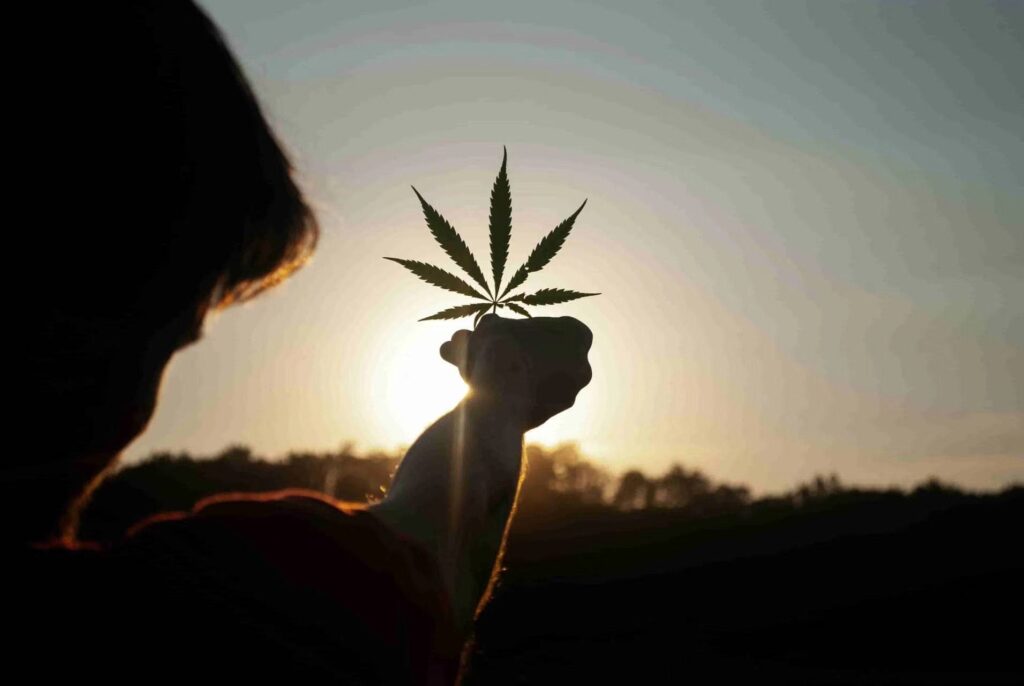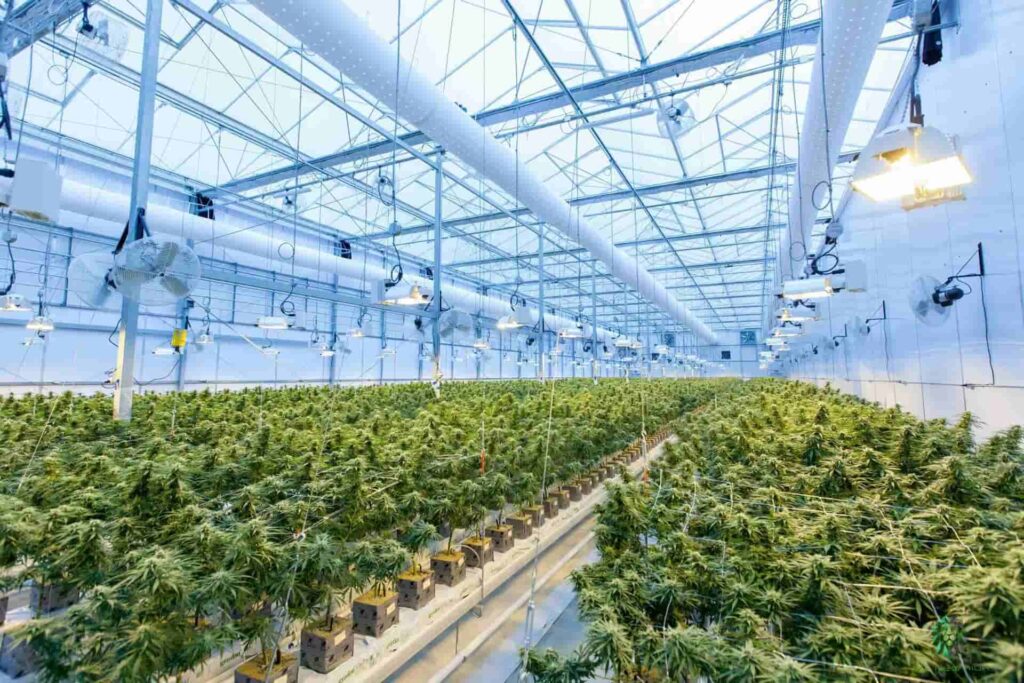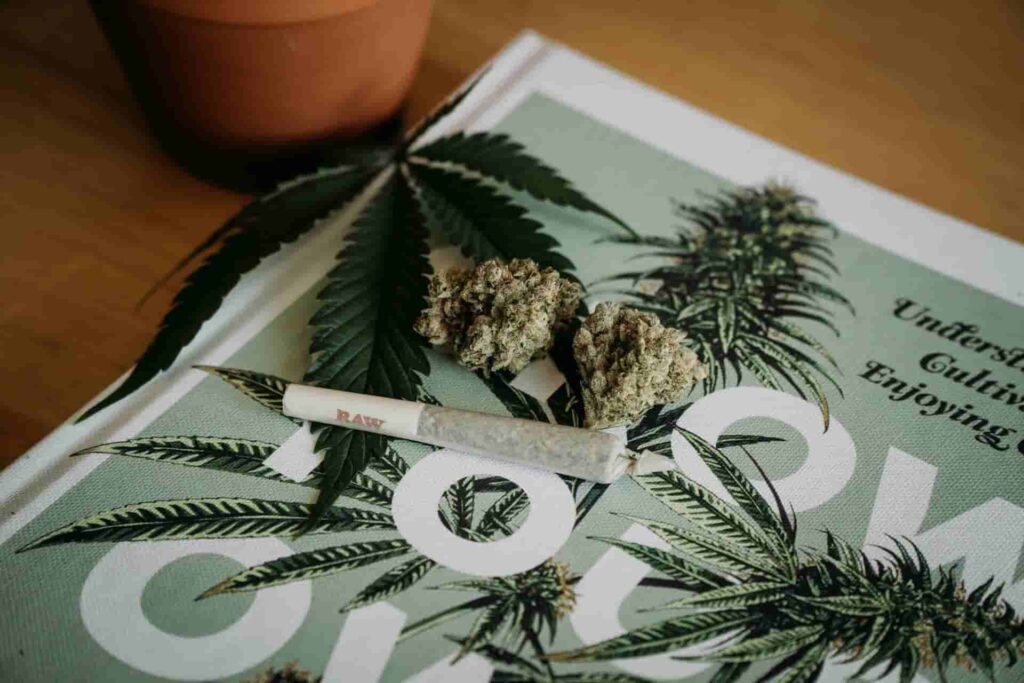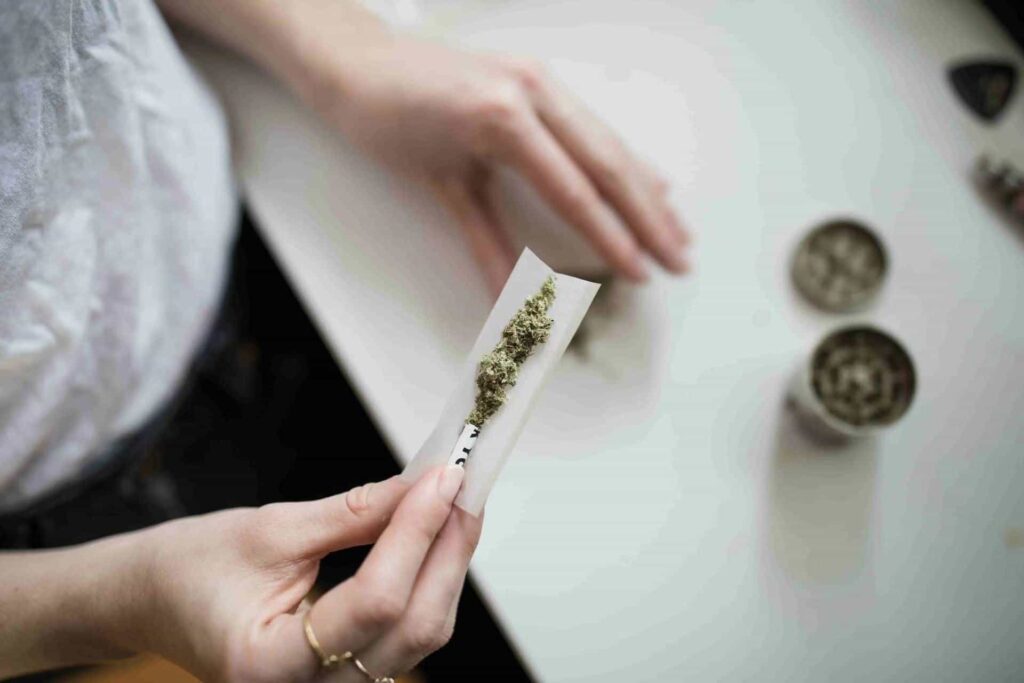Cannabis, a plant that has stirred much debate, intrigue, and innovation, holds a multifaceted role in today’s society. Its journey from ancient cultivation to a subject of modern scientific research reveals a rich history and promising future. This article explores cannabis’s past, its versatile uses, and the modern developments shaping its role across the globe.
Tracing back thousands of years, cannabis has been revered, vilified, and everything in between. Originating from Central Asia, it spread across continents, influencing cultures, economies, and medical practices. Ancient civilizations recognized its dual properties: as a source of industrial material and a plant with therapeutic potential. This duality has persisted, leading to its complex status today.
In recent decades, the narrative around cannabis has shifted significantly. Scientific breakthroughs have illuminated its medical benefits, leading to a reevaluation of its legal status in many countries. From the production of CBD oil for health and wellness to its use in sustainable materials, cannabis is at the forefront of a green revolution. Moreover, the growing acceptance and legalization in various parts of the world have spurred innovation in cultivation techniques and product development, making it a dynamic industry with a bright future.
Section 1 The Ancient Origins of Cannabis
1.1 Early Uses and Cultural Significance
Cannabis, known scientifically as Cannabis sativa, has been part of human civilization for thousands of years. Archaeological evidence suggests its use as far back as 5000 years in ancient China, where it was valued for its medicinal properties, as well as for fiber and as a food source. Over centuries, its use spread across Asia, the Middle East, and into Europe, ingrained in cultural, religious, and medical practices.

1.2 Historical Milestones
○ 2800 BCE: Documented as a medicinal herb in Emperor Shen Nong’s pharmacopeia in ancient China.
○ 1000 BCE: Used in India both for its psychoactive properties in spiritual ceremonies and as a medicine.
○ Islamic Golden Age: Cannabis spread throughout the Islamic Empire, valued for its medicinal qualities.
1.3 The Stigmatization and Prohibition Era
In the early 20th century, cannabis’s perception began to shift significantly in many parts of the world. The early 1900s marked the beginning of international treaties aiming to control drug use, which included cannabis. By the mid-20th century, many countries had imposed strict regulations on cultivation, sale, and consumption, largely influenced by political and social factors rather than scientific evidence.
Section 2 Modern Development and Legalization Movements
2.1 The Shift Towards Legalization
In recent decades, the landscape of cannabis legality has undergone a profound transformation, influenced by a combination of scientific discoveries and societal shifts. The late 20th century marked a crucial turning point with the discovery of the endocannabinoid system, shedding light on how cannabis interacts with the human body. This breakthrough provided much-needed scientific evidence of its potential therapeutic benefits, challenging long-standing prejudices and misconceptions.
Public advocacy played a significant role in this shift, as communities and activists pushed for reconsideration of cannabis laws, armed with emerging research that highlighted its medical applications. Countries around the world began to reevaluate their stance on cannabis, leading to a wave of decriminalization and legalization efforts. This movement was further bolstered by an evolving public perception, which saw a gradual destigmatization of cannabis use and a growing acknowledgment of its potential benefits beyond the realm of recreational use.
2.2 Medical and Recreational Use
The acceptance of cannabis for medical and recreational purposes represents a seismic shift in its societal role. Countries and states adopting legalization measures have opened the doors to a new era of cannabis use, recognizing its capacity to offer relief for a variety of conditions such as chronic pain, epilepsy, and multiple sclerosis, and even to alleviate symptoms associated with cancer treatment. This legal acknowledgment has not only expanded access for patients in need but also paved the way for comprehensive research into cannabis’s full spectrum of therapeutic potentials.
On the recreational front, legalization has normalized cannabis consumption, integrating it into the fabric of social activities much like alcohol. This transition is reflective of a broader cultural acceptance, with legal frameworks now in place to regulate its use, ensuring safety and responsible consumption. The shift has also prompted discussions on social justice, with efforts to rectify the historical injustices caused by previous cannabis prohibitions.

2.3 Economic Impact and Industry Growth
The legalization of cannabis has catalyzed significant economic development and industry growth. The burgeoning cannabis market has become a powerhouse of economic activity, generating billions in revenue, creating jobs, and stimulating innovation. This industry spans from cultivation and extraction to product development and retail, embodying a diverse ecosystem of businesses ranging from artisanal dispensaries to multinational pharmaceutical corporations.
The economic implications extend beyond direct industry profits, contributing to tax revenues that support public services and infrastructure. This financial boon is accompanied by a surge in investment and research, driving forward technological advancements in cultivation techniques, product formulations, and delivery systems.

▶ Countries and states have legalized cannabis over the past two decades
Over the past two decades, numerous countries and states have moved towards the legalization of cannabis, either for medical, recreational, or both uses. The landscape is continually evolving, but as of my last update, here is a summary of some of the key regions where cannabis has been legalized:
○ Countries Legalizing Cannabis for Medical and/or Recreational Use:
Canada – Legalized cannabis for recreational use in 2018, having allowed medical use since 2001.
Uruguay – became the first country to fully legalize cannabis for recreational use in 2013.
South Africa – Legalized private consumption and cultivation of cannabis for personal use in 2018.
Thailand – Legalized medical cannabis in 2018 and decriminalized cannabis in 2022, with allowances for cultivation and possession under certain conditions.
Australia – Legalized medical cannabis in 2016, with some states decriminalizing or legalizing personal use.
Germany – Legalized medical cannabis in 2017, with plans to legalize recreational use being discussed.
Mexico – The Supreme Court decriminalized private recreational use in 2021, with medical use legalized in 2017.
○ U.S. States Legalizing Cannabis:
Cannabis is legal for recreational use in several U.S. states, including but not limited to:
California – Legalized recreational cannabis in 2016.
Colorado – One of the first two states to legalize recreational cannabis in 2012.
Washington – Alongside Colorado, legalized recreational use in 2012.
Oregon – Legalized recreational cannabis in 2014.
Alaska – Legalized recreational cannabis in 2014.
Massachusetts – Legalized recreational cannabis in 2016.
Michigan – Legalized recreational cannabis in 2018.
Illinois – Legalized recreational cannabis in 2020.
New York – Legalized recreational cannabis in 2021.
Virginia – Became the first Southern state to legalize recreational cannabis in 2021.

○ European Nations with Medical and/or Decriminalized Use:
Several European countries have not fully legalized recreational cannabis but have legalized medical use and/or decriminalized possession. These include:
The Netherlands – Known for its liberal cannabis policies, particularly in Amsterdam, though technically cannabis is decriminalized rather than legal.
Portugal – Decriminalized all drugs in 2001 and allows medical cannabis use.
Spain – Allows private consumption and cultivation in private spaces and has cannabis clubs.
Italy – Allows medical use and has decriminalized personal possession, often leading to fines rather than criminal charges.
This overview is not exhaustive and the legal status in these and other countries and states can change. Always check the current laws in your specific location for the most accurate information.
Section 3: Challenges and Future Directions
Despite the significant strides toward the legalization and normalization of cannabis use, the path forward is not without its hurdles. The landscape of cannabis, both as a substance and an industry, is complex, requiring careful navigation of regulatory, ethical, and research challenges. Addressing these issues effectively is crucial for the continued growth and acceptance of cannabis in society.
3.1 Regulatory Challenges
As cannabis transitions from an illicit substance to a regulated commodity, governments and regulatory bodies face the challenge of establishing comprehensive frameworks that ensure safety, quality, and fairness. These regulations must balance the need for strict oversight to prevent misuse and diversion with the necessity of ensuring easy access for medical patients and responsible adult consumers. Crafting policies that accommodate the diversity of cannabis products, from flowers to edibles and concentrates, further complicates regulatory efforts. Moreover, the discrepancy between local, national, and international laws creates a patchwork of legal statuses, complicating cross-border trade and research collaborations.

3.2 Addressing Social Justice Issues
The war on drugs has left a legacy of social injustice, disproportionately affecting marginalized communities through criminalization and incarceration for cannabis-related offenses. As cannabis becomes legal in more jurisdictions, addressing these past injustices becomes paramount. This includes expunging criminal records, creating equitable opportunities in the burgeoning cannabis industry, and ensuring that the benefits of legalization, such as tax revenues and job creation, are shared across all sectors of society. Reinvesting in communities hardest hit by previous cannabis prohibitions is essential for rectifying historical wrongs and fostering an inclusive industry.
3.3 Expanding Research
While the therapeutic potential of cannabis has gained recognition, a comprehensive understanding of its benefits and risks remains limited. The classification of cannabis as a Schedule I substance in many jurisdictions has historically hindered research efforts. With changing legal landscapes, there’s an urgent need to expand scientific studies on cannabis. This includes not only its medical applications but also its long-term effects, potential risks, and the impact of various consumption methods. Increased research will inform better regulatory policies, guide clinical practices, and educate consumers about responsible use.
Future Directions
The future of cannabis is poised at the intersection of innovation, regulation, and social justice. As the industry continues to evolve, fostering collaboration between governments, businesses, healthcare providers, and communities will be vital. The development of international standards for cannabis products, alongside global agreements on research and trade, could pave the way for a more cohesive and responsible approach to cannabis. Additionally, leveraging technology for improved product safety, consumer education, and equitable market access will play a critical role in shaping the cannabis landscape of tomorrow.
In conclusion, while challenges remain, the opportunities for growth, healing, and justice within the cannabis sector are immense. Through concerted efforts to address regulatory hurdles, rectify social injustices, and expand research, the future of cannabis can be marked by innovation, inclusivity, and an informed understanding of its place in society.












